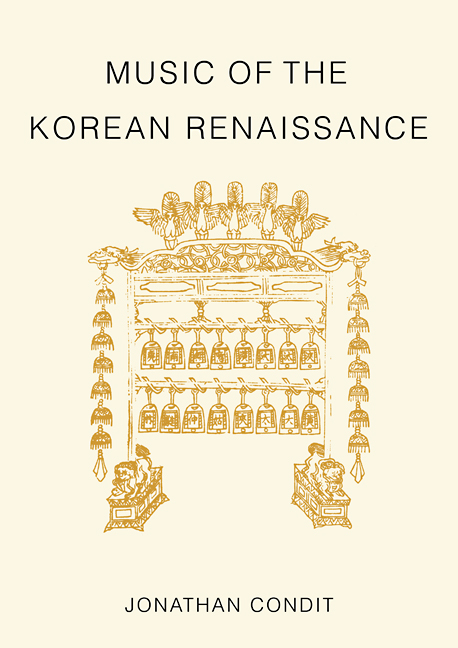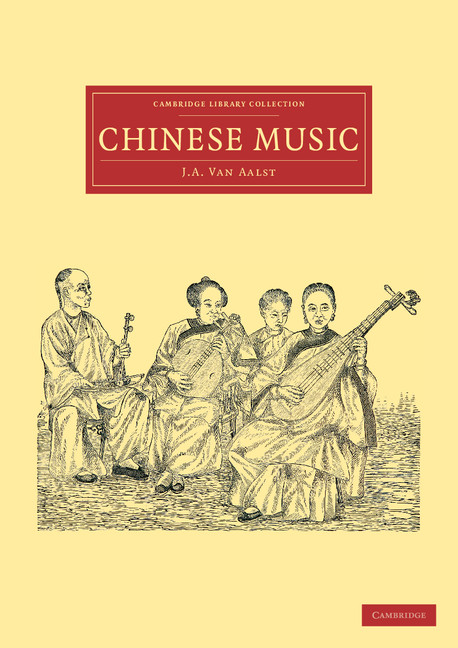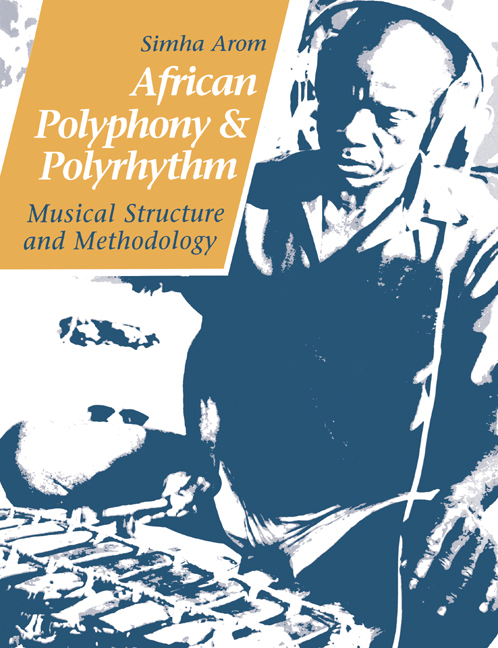Summa Musice
How did medieval musicians learn to perform? How did they compose? What was their sense of the history and purpose of music? The Summa musice, a treatise on practical music from c.1200, sheds light on all these questions. It is a manual for young singers who are learning Gregorian chant for the first time, and provides a compact but comprehensive introduction to notation, performance and composition, written in a mixture of Latin prose and verse. More than that, however, it is also an introduction to medieval culture: what educated people believed to be worth knowing about music, how they reasoned when they discussed musical questions, the nature of musical thought and how it was expressed. Christopher Page's 1991 book provides an edition of the Latin text taken from the only surviving original copy, together with an English translation. Both texts are copiously annotated and introduced by an authoritative and illuminating editorial commentary.
Reviews & endorsements
"This admirably executed volume provides the student of medieval music with the text and translation of a previously neglected theoretical treatise, one that proves to be of considerable interest, if not overwhelming importance...an elegantly wrought exemplar of insight, learning, and technique; it should stand as a model for subsequent editions and translations of medieval musical writings." Notes
"...the Summa Musicae will interest all students of medieval music." Brad Walton, Continuo
"...provides a refreshing view of medieval sacred music." Choral Journal
Product details
April 2011Adobe eBook Reader
9780511879142
0 pages
0kg
This ISBN is for an eBook version which is distributed on our behalf by a third party.
Table of Contents
- Preface
- Abbreviations
- Intervallic notation in the Summa musice
- 1. The authorship of the treatise
- 2. The scope and character of the treatise
- 3. Sources and metrics
- 4. The text and the edition
- Summa musice: the translation
- Summa musice: the text
- Textual notes and rejected readings
- Sources, parallels, citations and allusions
- Appendix
- Bibliography
- Annotated catalogue of chants
- Index auctorum.












